[content_slider]
[content_slide]
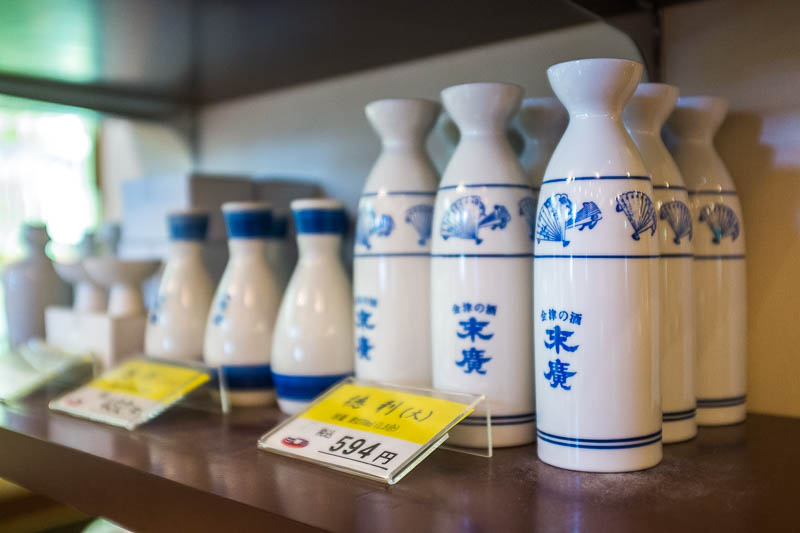
[/content_slide]
[content_slide]
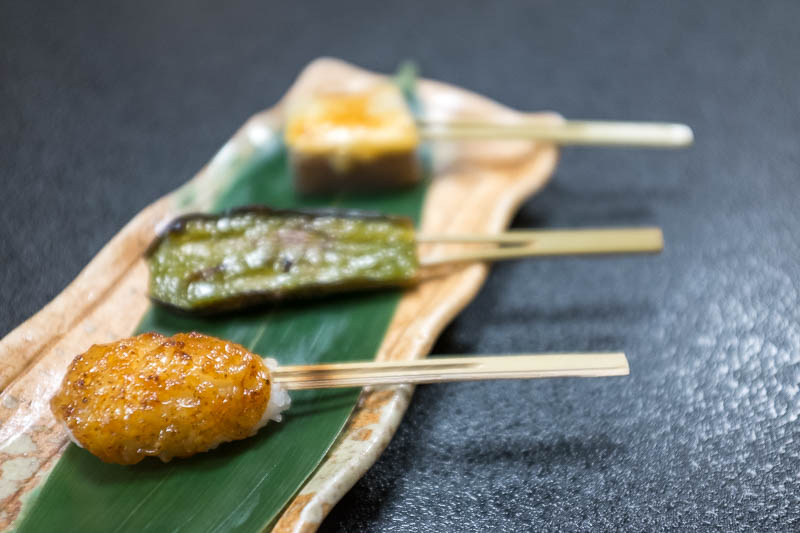
[/content_slide]
[content_slide]
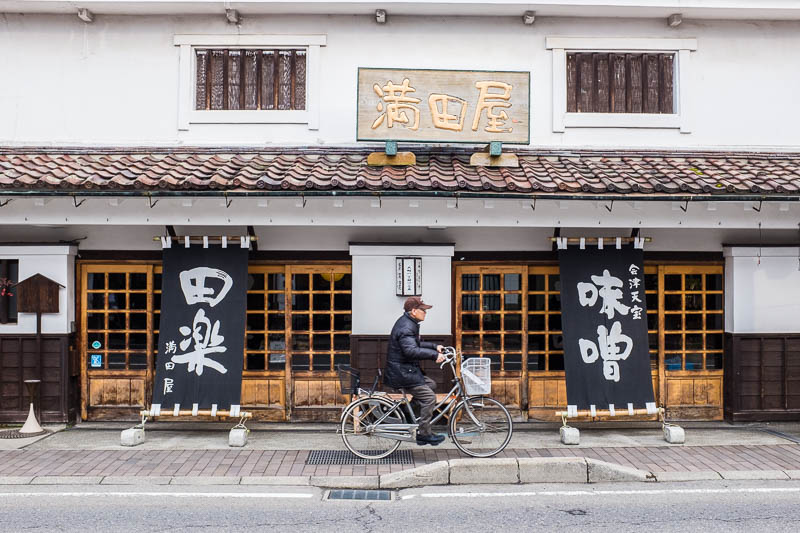
[/content_slide]
[content_slide]
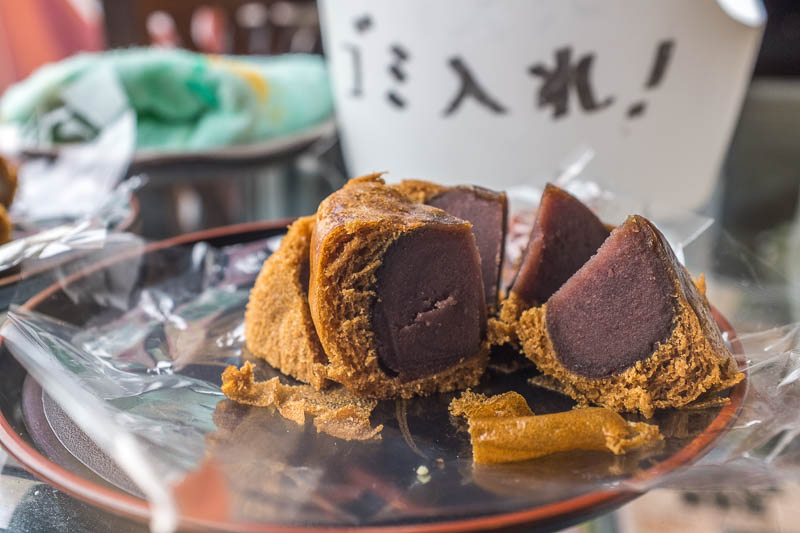
[/content_slide]
[content_slide]
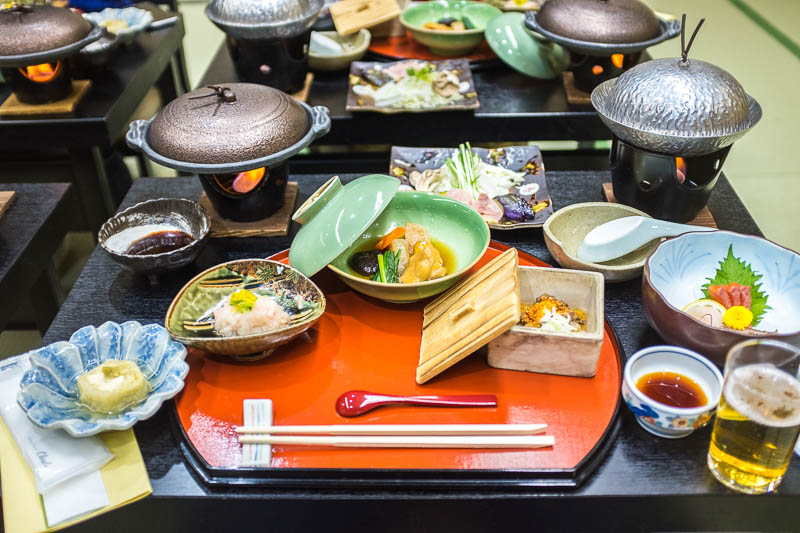
[/content_slide]
[content_slide]
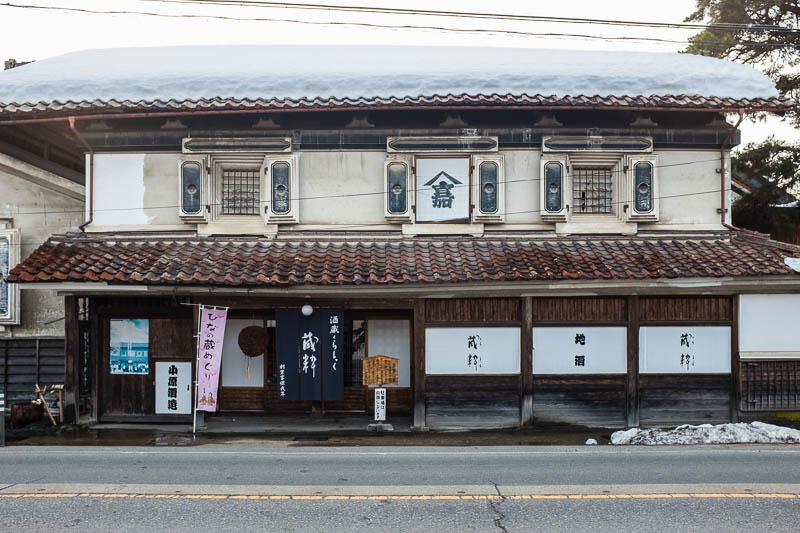
[/content_slide]
[content_slide]
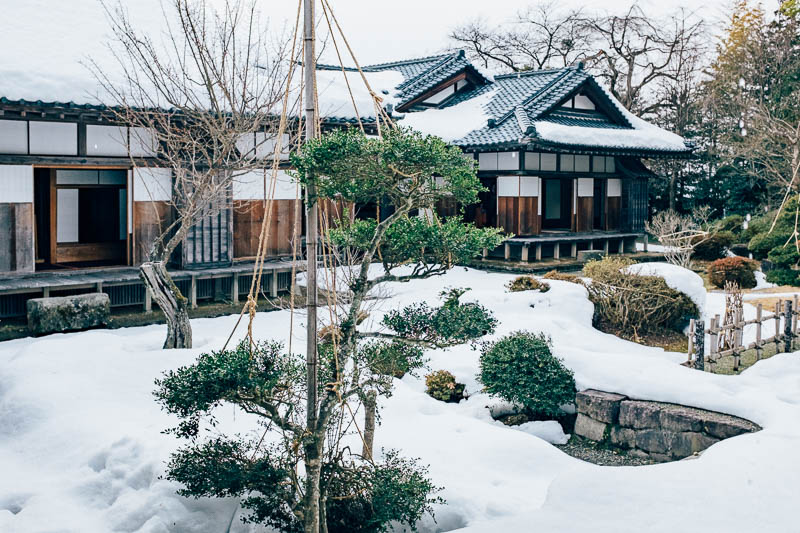
[/content_slide]
[content_slide]
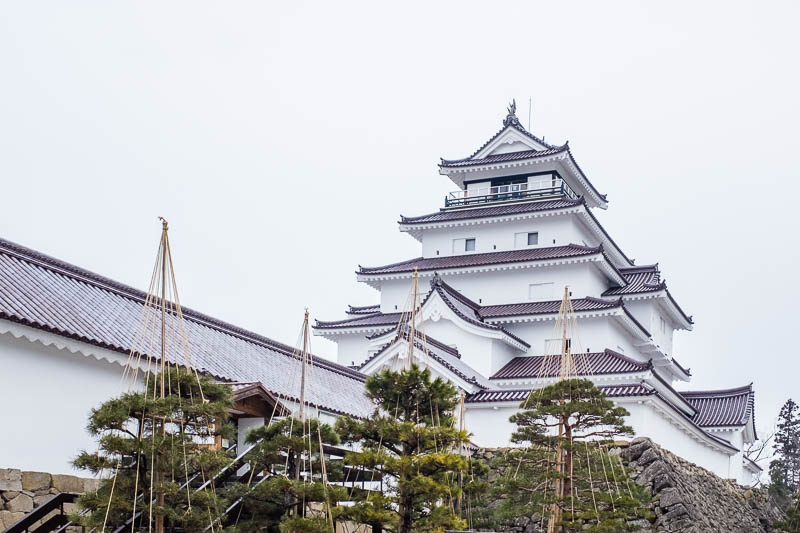
[/content_slide]
[content_slide]
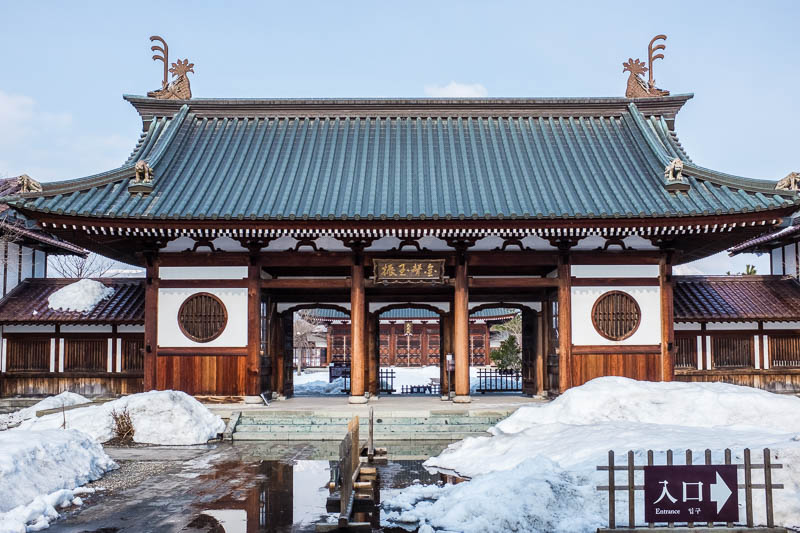
[/content_slide]
[content_slide]
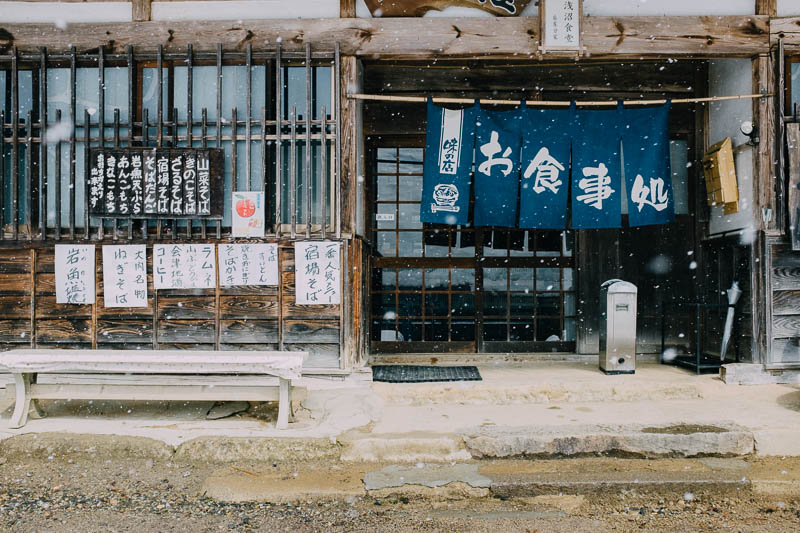
[/content_slide]
[content_slide]
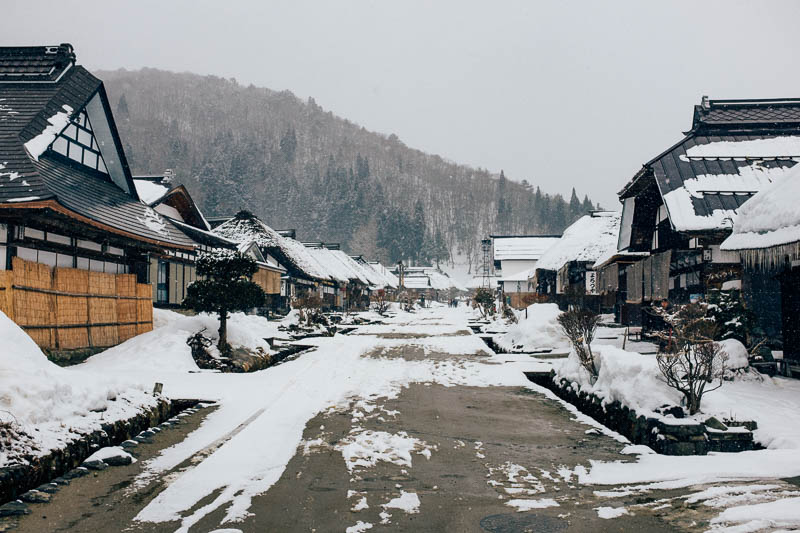
[/content_slide]
[content_slide]
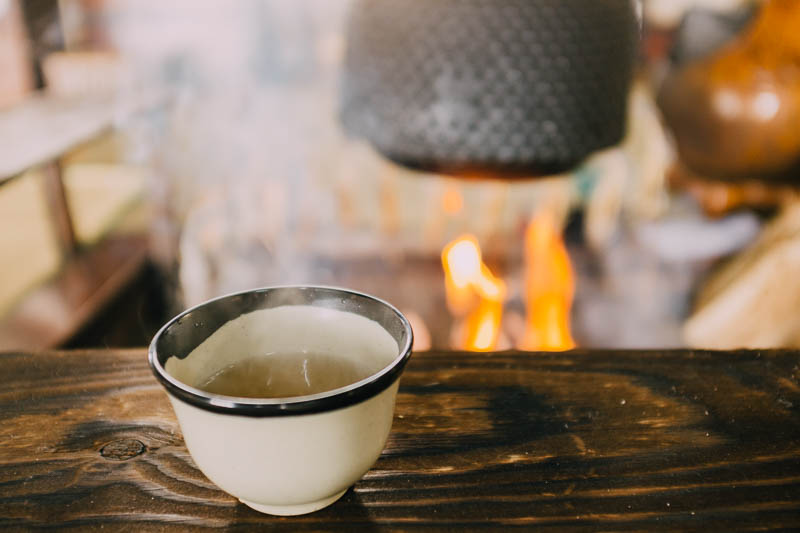
[/content_slide]
[content_slide]
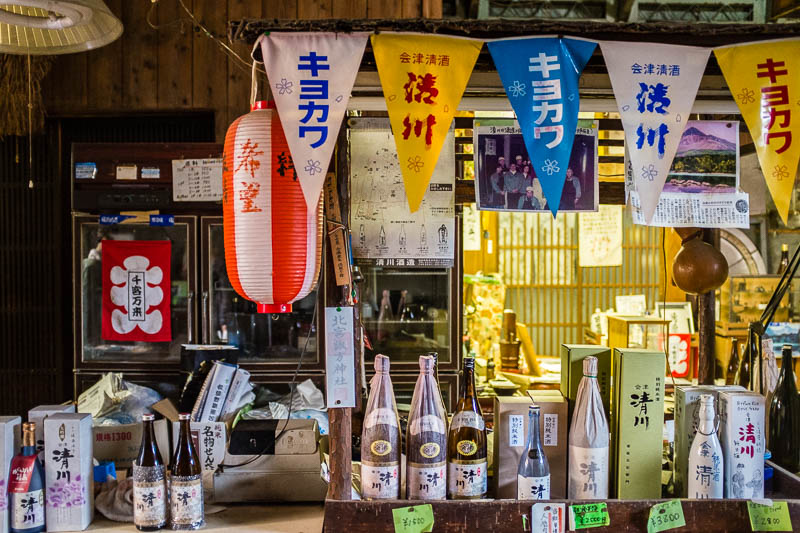
[/content_slide]
[content_slide]
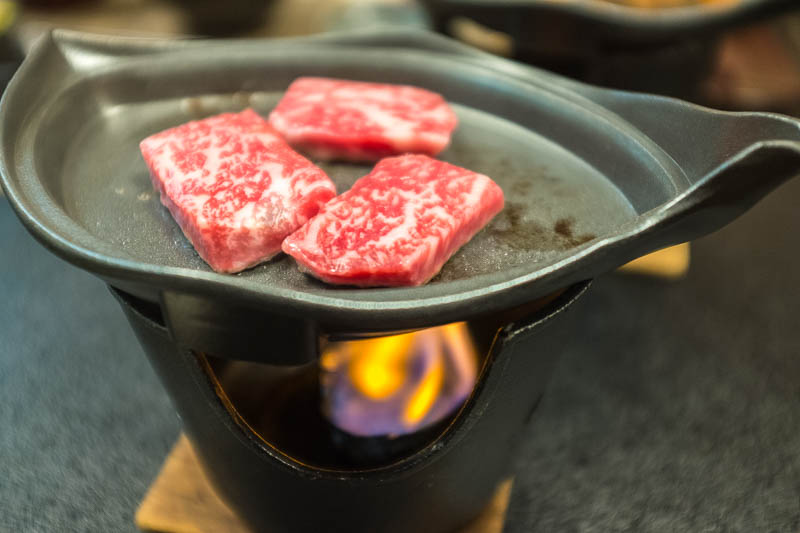
[/content_slide]
[/content_slider]
JAPAN | Fukushima. It’s a beautiful part of Japan with stunning natural beauty, amazing food, and a rich history. Japan is one of my favourite countries and I’ve been lucky enough to visit twice in recent years. Tokyo, Osaka and Kyoto are all cities I’ve visited more than once, and could happily visit again and again. I have however, wanted to see more of the country ever since my first visit, and when I was invited to explore Fukushima by iPlay Fukushima, I didn’t hesitate to say yes and I was soon boarding a plane to Japan.
I know what you’re thinking, so let’s deal with the elephant in the room now – the Fukushima Daiichi nuclear disaster of 2011. It happened, and cleanup and decontamination efforts continue to this day. There is a lot of literature on the internet about this and there’s nothing that I can say that hasn’t already been said about it. What many people don’t realise is that Fukushima is not just a city, but the third largest prefecture in Japan. The fact is that except for a few areas, Fukushima is safe to visit. The Fukushima Daiichi Nuclear Power Plant is located on the east coast of the prefecture, and yes, you shouldn’t go there. I spent most of my time in the cities of Kitakata and Aizuwakamatsu, in the west of Fukushima prefecture, over 100km away.
I loved my time in Fukushima, and was glad to see a part of Japan that was new to me. Below, I’m going to give you a quick summary of why you should consider visiting Fukushima.
The History
Aizuwakamatsu is known as “Samurai City” due to the fact that it was an important “castle town” during the Edo period, when the samurai ruled Japan, and home to many important samurai institutions. The Aizu Hanko Nisshin-kan is where the children of Aizu clan soldiers would study and learn martial arts, in hope of becoming samurai themselves. When Tsuruga-jo Castle was attacked in the final stages of Japan’s Boshin Civil War (between the Tokugawa Shogunate and the Meiji government) a group of 20 teenage samurai from the Byakkotai (“White Tiger Force”) who had been cut off from their fellow Byakkotai attempted to commit suicide (only one survived), and you can visit the site where this occurred at Mount Iimori-yama. Here you’ll also find the Sazaedo, a rare double-helix wooden temple dating back to 1796, and the only one of its kind still remaining in Japan.
Tsuruga-jo Castle was burnt down following the fall of Aizu to Meiji forces, but was rebuilt using the original plans in 1965. It’s a beautiful structure, and home to a museum full of interesting facts about the clans who ruled Aizu, the Boshin Civil War, and the lives of the key players during and after the war.
The Food & Drink
There’s no shortage of good food to be found in this part of the world. Favourites like Tonkatsu, Yakitori, Ramen, Soba and Sushi can be found in Fukushima’s cafes, restaurants and izakayas, but there are also may regional specialties worth seeking out. Wagashi (Japanese sweets) shops feature creations made using seasonal flavours like sakura in the Spring or chestnut in the Winter, and manjū, a kind of mochi made from flour, rice powder and buckwheat and a filling of anko (red bean paste) is particularly delicious. On the savoury side, regional dishes include kodzuyu – a light soup made from dried scallop holdfasts, carrots, mushrooms, konnyaku jelly noodles, and wheat gluten croutons (mame-fu), and dengakuyaki – tofu pierced with bamboo sticks, flavored with sweet red miso, then roasted over a fire.
Kitakata, which has some of the best quality water and rice in Japan, is known as a centre for Sake and Ramen. The city has over 2,600 historic kura storehouses, many of which are used to brew sake, and you can spend all day touring sake breweries and sampling the good stuff if you want. As for ramen, there are over 130 ramen spots in Kitakata – a higher number of ramen shops per capita than anywhere else in the world. Kitakate ramen is different to the ramen you’ve tried elsewhere, and the people here love it so much that breakfast ramen is a thing.
Outside of the main cities, you’ll find the historic Edo Period post town of Ouchi-juku, famous for its historical thatched roof houses and leek soba.
The Scenery
This region features four distinct seasons, so the scenery you’ll see will change quite a bit depending on when you visit. Visit during spring and you’ll be able to see the beautiful sakura (cherry blossoms), but a visit during winter, when I visited is equally rewarding. There are lots of gardens and parks in Fukushima, and the historic architecture of Kitakata, Aizuwakamatsu, and Ouchi-juko are particularly beautiful when covered in snow, and set against the snowy mountainous backdrops that surround the area.
The Hot Springs
The volcanic activity around Japan means that the country, and in particular this part of Japan, has quite a number of hot springs. These onsen, as they’re called, provide an amazing way to wind down after a day of exploring. The naturally hot water sits at around 40°C/100°F, and is full of beneficial minerals. Sitting in an outside onsen when it’s literally freezing during winter is both relaxing and invigorating. Tradition is important when using an onsen, and this means complete nudity no matter who else is around. It doesn’t bother anyone there, and it shouldn’t bother you either – once you’ve experienced your first onsen you’ll be hooked.
Over the coming weeks, I’ll be writing some more specific articles on the food, sights and attractions of Aizuwakamatsu, Kitakata and their surrounds, so keep an eye out. Once you’ve read through a few of them I’m sure you’ll want to visit too.

